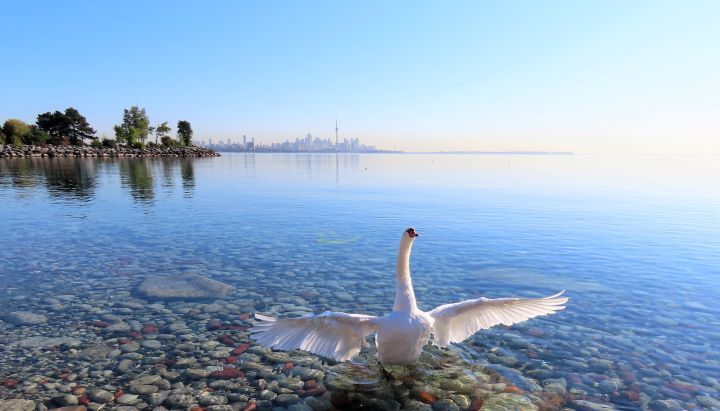Conservation authorities frequently describe Mute Swans as “invasive,” a word that conjures a large influx of destructive intruders. But the facts call that descriptor into question. The Issues and Research pages of this site summarize many of relevant studies, but here are a few highlights. The last Midsummer Mute Swan Survey flown in 2017 counted 4,103 Mute Swans in the Lower Great Lakes – the entire Lower Great Lakes. The territory for each pair of breeding Mute Swans is approximately 15 acres, from which they exclude other Mute Swans, meaning that dense, permanent populations in the wild are hard to imagine. The 2021 Ontario Breeding Bird Atlas maps show just how thinly distributed Mute Swans are compared to Canada Geese and Mallard Ducks. A study conducted on the Lower Detroit River found the same thing, that many waterbirds were found closer to Mute Swans than at randomly placed control sites, suggesting there are greater benefits than perils to sharing territory.
Anyone who observes them knows Mute Swans are far outnumbered by other species. While flocks migrate to open water at this time of year they typically move on or disperse in a few days, while the two or six or eight permanent residents live among hundreds, sometimes thousands, of other waterbirds.
As the saying goes, “A picture is worth a thousand words.” Those who label Mute Swans invasive might caption this photo “Invasive Mute Swan in Lake Ontario.” I would caption it “Lone Mute Swan against the skyline of Toronto, home to three million invasive humans (myself included).”

